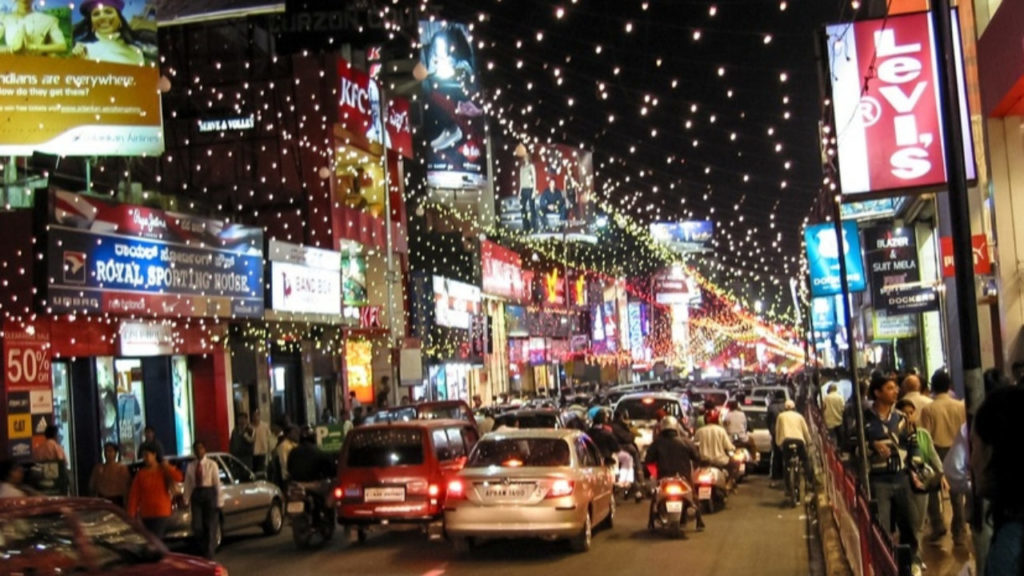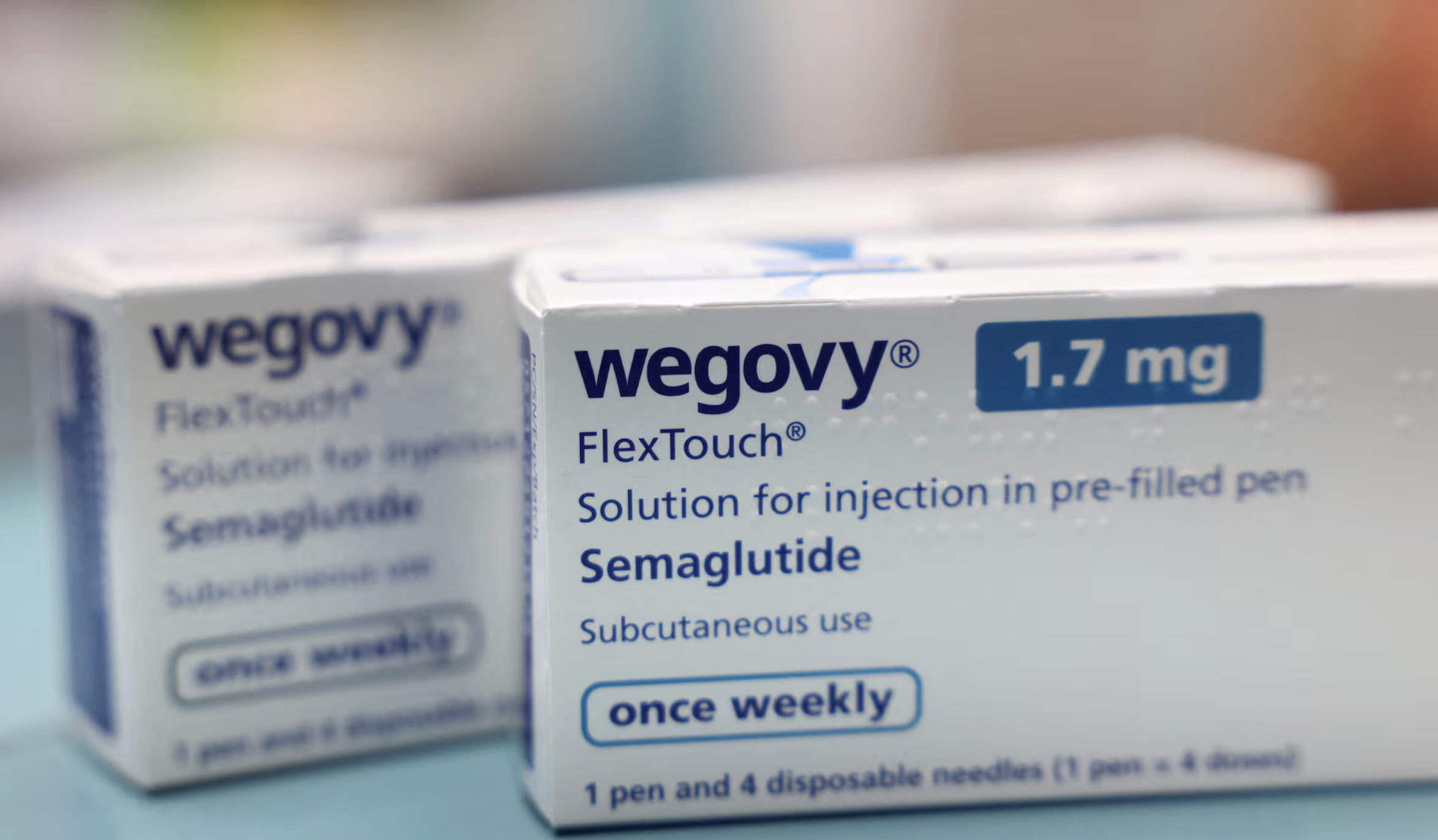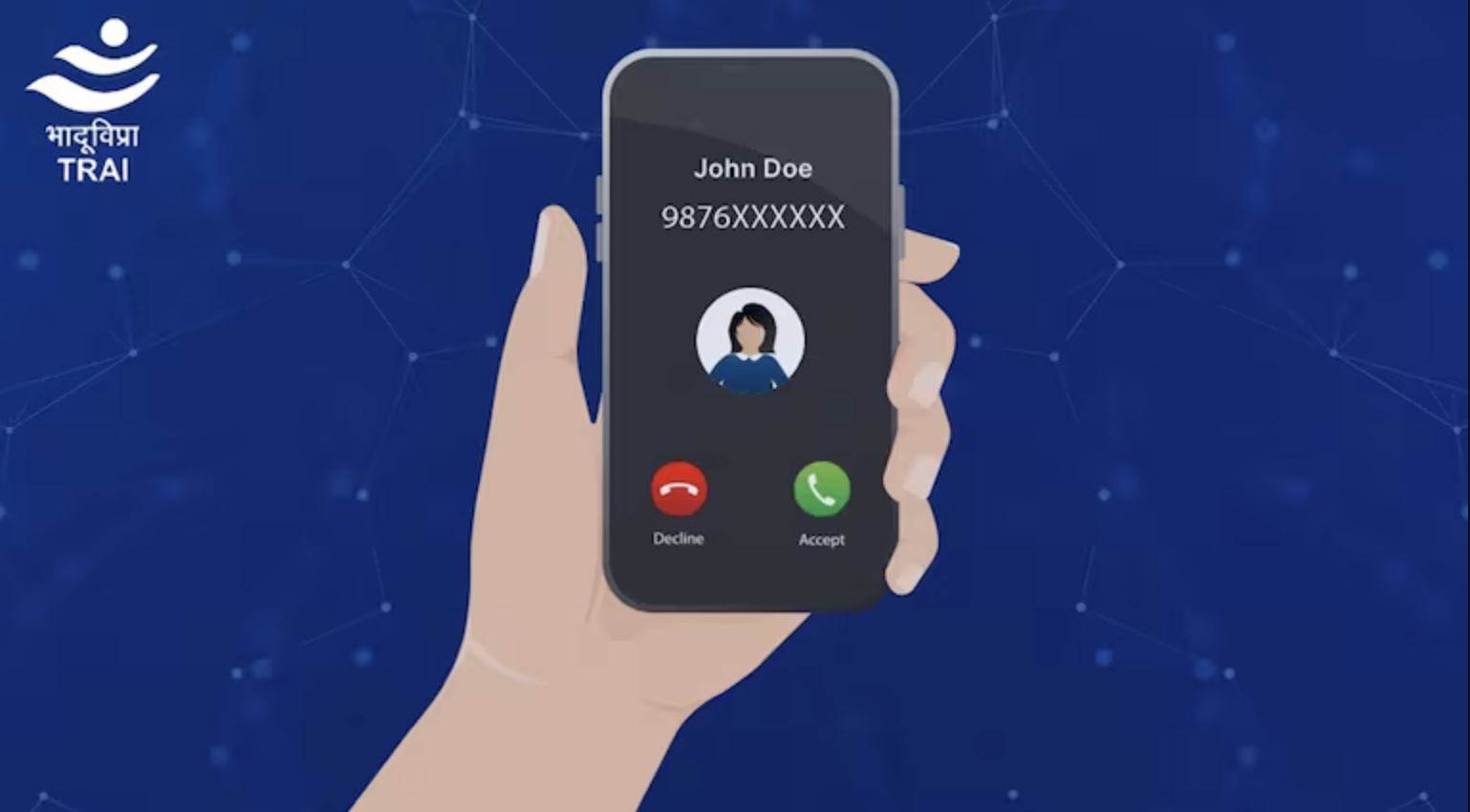According to a recent report, Bengaluru is experiencing an annual financial loss of Rs 19,725 crore due to issues such as traffic delays, congestion, signal stoppages, time wastage, fuel consumption, and related factors. The study, carried out by traffic specialist M N Sreehari and his team, delves into problems related to road planning, flyovers, traffic management, and inadequate infrastructure.

Bengaluru’s Urban Challenges: The Cost of Traffic and Unprecedented Growth
Despite the presence of 60 operational flyovers in the city, the study highlights that Bengaluru has incurred a substantial loss of Rs 19,725 crore for road users due to various factors like delays, congestion, signal interruptions, interactions between slow-moving and fast-moving vehicles, fuel wastage, time lost by occupants, and the conversion of vehicle time into monetary terms based on salaries.
Reports indicate that the rapid growth of the IT sector’s workforce has led to the development of associated facilities like housing and education. This has contributed to a remarkable population surge of 14.5 million and a vehicle count approaching 1.5 crore. Bengaluru’s area has expanded from 88 square kilometres to 985 square kilometres in 2023, and the study suggests an expansion to 1,100 square kilometres.
However, the growth in road length has not kept pace with the increase in vehicles and urban area. The current total road length of about 11,000 kilometres falls short of meeting the transportation needs and travel demands, leading to delays, congestion, longer travel times, and significant intangible economic losses. The mismatch between population and job growth and infrastructural development has created this deficiency, according to Mr. Sreehari and his team.
Revolutionizing Transportation: A Vision for Bengaluru’s Future
Addressing the traffic issue in Bengaluru requires the implementation of a comprehensive approach. Mr. Sreehari, the traffic expert, proposes the establishment of radial and ring roads, with dedicated rings including ORR, PRR, and STRR, along with circular routes every 5 kilometres, connected by radial roads. Challenges related to land acquisition have affected the construction and maintenance costs of projects like STRR.
The experts also recommend the creation of more underground road systems to manage traffic over the next 25 years. The study underscores the need for exploring underground transportation options such as metros and government buses, with stations every 1-2 kilometres. The removal of roadside parking is suggested, emphasizing that roads are meant for traffic and footpaths for pedestrians. Mass transportation modes like metro, monorail, and high-capacity buses are advocated, while private transportation systems are discouraged. Additionally, incorporating artificial intelligence, robotics, and informatics through a Variable Message System (VMS) for road users is recommended.
To enforce traffic regulations, the report suggests deploying personnel for monitoring and immediate response alongside camera and sensor systems. Considering the active nature of the road system, the report emphasizes the importance of underground transportation options, especially for metros and government buses, offering escape routes and covering ventilation and disaster-related requirements.













